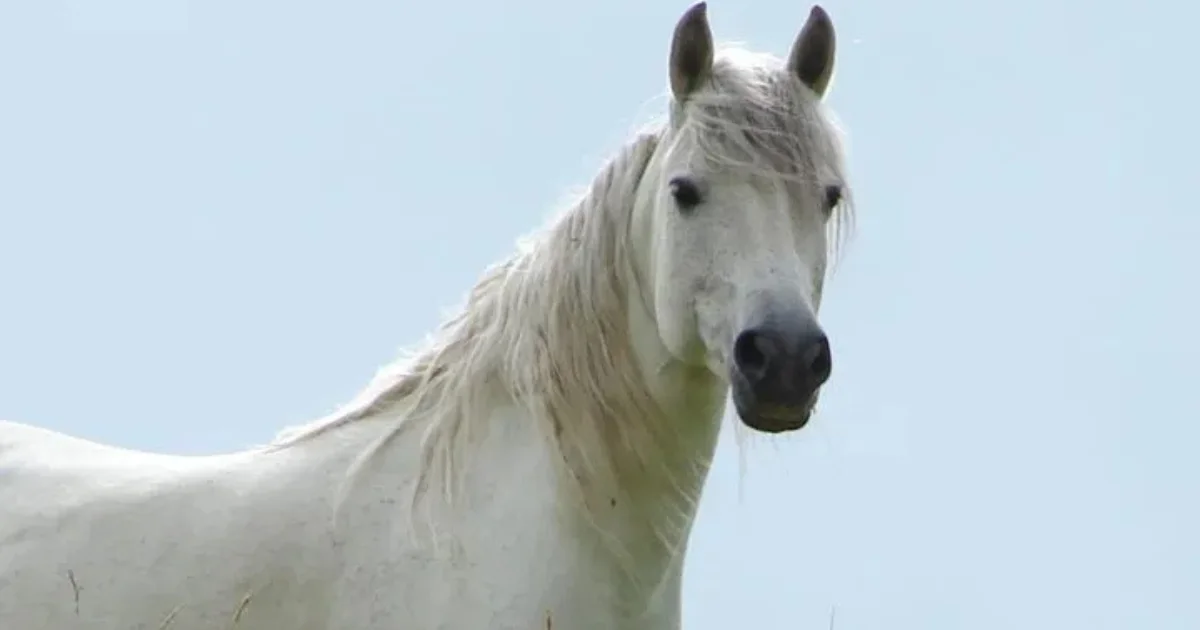William Saroyan’s short story The Summer of the Beautiful White Horse has captured the imagination of readers with its compelling narrative and deep moral undertones. Set amidst the quaint Armenian-American world, the story offers a heartwarming yet thought-provoking exploration of youthful innocence, cultural values, and moral dilemmas. If you’ve been curious about this famed tale or need a thorough analysis, this guide will walk you through its key aspects, insightful themes, and why the story continues to resonate today.
Understanding the Summer of the Beautiful White Horse
First published in 1940 as part of Saroyan’s collection “My Name Is Aram”, The Summer of the Beautiful White Horse is a coming-of-age story that dives into the lives of two young boys – Aram and Mourad, cousins growing up within a close-knit Armenian community. While on the surface it appears to be a simple tale about a stolen horse and an innocent adventure, it’s layered with themes of morality, heritage, and personal growth.
The story’s charm is amplified by Saroyan’s unique writing style that blends warmth, humor, and poignancy. It’s a short yet impactful read that stays with you long after you’ve finished it.
Character Analysis
At the heart of the story are the cousins Aram and Mourad, characters rich in complexity and relatability.
Aram
Aram, who narrates the story, is a nine-year-old boy driven by curiosity and wonder. He represents the voice of youthful innocence, caught between his admiration for Mourad and his deeply ingrained sense of right and wrong. Through Aram, readers experience the emotional and moral struggles of understanding ethics and familial values.
Mourad
Mourad is the older, free-spirited cousin who lives life on his own terms. With a reputation for being eccentric and adventurous, he embodies the story’s theme of freedom. Mourad’s connection with the white horse reflects his deep respect for nature and his inherently good heart, despite his mischievous tendencies.
The contrast between the two cousins’ personalities adds richness to the story, symbolizing the balance between impulsive action and reflective thought.
Summary of the Plot
The story begins with Aram waking up to a sight that seems almost dreamlike – Mourad sitting on a beautiful white horse outside his bedroom window. Excited yet confused, Aram joins Mourad on a thrilling ride. However, there’s an underlying issue – the horse doesn’t belong to them.
Over the course of the story, the boys keep the horse hidden and take it out on secret rides, all while grappling with the morality of their actions. Mourad assures Aram that it’s not stealing because they intend to return the horse. This justification highlights Mourad’s unique moral compass and introduces one of the central conflicts of the story.
Eventually, they discover that the horse belongs to John Byro, a farmer in their community. Despite noticing similarities between the boys’ horse and his own missing one, Byro trusts the boys, driven by the integrity for which their family is known. This act of trust profoundly impacts Mourad and Aram. They return the horse, marking the resolution of both the adventure and their moral dilemma.
Themes Explored
The story’s richness lies in its exploration of timeless themes that resonate universally.
Honesty Versus Temptation
The key moral conflict arises from the boys taking the horse without permission. While Mourad justifies their actions, Aram struggles with the implications it might have on their family’s honor. This theme underscores how cultural values often act as guiding principles in moments of uncertainty.
Cultural and Familial Values
The story also highlights the high value placed on honesty and integrity in Armenian culture. The Garoghlanian family’s reputation for morality plays a pivotal role in shaping the boys’ decisions, adding cultural depth to the narrative.
Adventure and Innocence
Amidst the moral questions, the story celebrates the joys of adventure and the innocence of childhood. The boys’ escapades with the horse serve as a reminder of the fleeting nature of youth and the simple pleasures that come with it.
Literary Devices in the Story
Saroyan’s storytelling is elevated by his masterful use of literary devices.
Symbolism
The white horse is a powerful symbol in the story. It represents freedom, beauty, and the unbridled spirit of adventure that Mourad embodies. Simultaneously, the horse symbolizes morality, serving as a reminder of the boys’ internal struggle to uphold their family’s values.
Imagery
Saroyan paints vivid pictures of the serene countryside, the majestic white horse, and the boys’ adventurous rides. These sensory descriptions evoke a sense of nostalgia and allow readers to vividly imagine the story’s setting.
Humor and Irony
The story is imbued with subtle humor, especially in Mourad’s eccentricity and the boys’ naive rationalizations. There’s also a touch of irony, as John Byro, despite realizing the truth, chooses to preserve the family’s honor by not openly accusing them.
Reception and Legacy
Since its publication, The Summer of the Beautiful White Horse has been celebrated for its warmth and simplicity. It’s widely appreciated by readers of all ages and has been included in academic curricula, thanks to its rich themes and literary merit.
The story’s universal appeal lies in its ability to blend the whimsy of childhood with profound moral lessons. It continues to inspire readers to reflect on their own values and the importance of honesty and integrity.
Why the Story Stands the Test of Time
Ultimately, The Summer of the Beautiful White Horse endures because of its relatability and timeless themes. It’s a story that invites readers to reconnect with their younger selves, reminding them of the innocence, curiosity, and moral struggles that shape our personal growth.
While its cultural setting is specific, its message of morality, familial bonds, and youthful adventure transcends all boundaries. For these reasons, Saroyan’s tale remains as captivating and relevant today as it was over 80 years ago.

